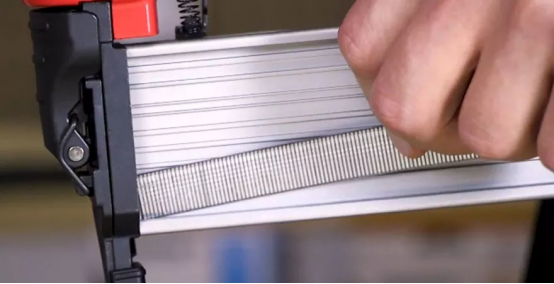
ENSURE THE IDEAL PRESSURE FOR BETTER PLAY: HOW TO PROPERLY INFLATE YOUR SOCCER BALL?
Inflating a soccer ball correctly ensures the best game performance and longevity of the ball. Using a cordless tire inflator like a Dewalt inflator is a quick and convenient way to get the job done. In this guide, we’ll cover how to inflate your soccer ball properly, and additional tips for maintaining your soccer ball.
What Are FIFA’s Regulations on Soccer Ball Pressure
According to FIFA, a regulation soccer ball must be 8.5PSI and 15.6PSI at sea level. This is quite a large range, but different leagues and associations have specific ball pressure guidelines. The MLS, for example, stipulates that match balls should be inflated to 13PSI.
An overinflated ball poses a number of problems, but the main issue is its unpredictability. Harder to control and unpredictable, an overinflated ball moves around the air in ways that seem to defy the laws of physics. An overinflated ball, however, won't go as far, and it probably won't travel as fast.
This is why inflating your ball properly is vital. Not only that, properly inflated soccer balls tend to last longer. The 8.5PSI to 15.6PSI ball inflation range is recommended for size 3, size 4 and size 5 soccer balls.
How to Check Your Soccer Ball’s Air Pressure
If you use Livowalny tire inflator for Dewalt battery, start by attaching the needle to the soccer ball’s valve securely. Once the needle is in place, power on the inflator and check the digital display, which will show the current air pressure of the ball.
If the pressure is below the recommended level, simply inflate the ball by activating the inflator. Conversely, if the ball is overinflated, release air by using the deflate function or pressing the needle to allow air to escape. This method gives you precise control over the pressure, ensuring the soccer ball is inflated to the ideal PSI for optimal performance.
How to Inflate a Soccer ball Correctly with Livowalny Tire Inflator
First, attach the ball needle securely to your Dewalt cordless tire inflator. It's helpful to apply a small amount of lubricant or water to the needle to avoid damaging the soccer ball’s valve. Next, gently insert the needle into the ball's valve. Be careful not to force it in, as this could harm the valve or cause air leaks.
Once the needle is in place, turn on the inflator and begin inflating the ball. Keep an eye on the pressure reading, either on the inflator's display or with an external gauge. Stop inflating once you’ve reached the recommended PSI.
After inflating, squeeze the soccer ball gently. It should feel firm but have a slight give. You can also bounce it. If it bounces too high, it might be overinflated; if it doesn’t bounce well, it’s likely underinflated. Adjust the pressure as needed to ensure the ball is properly inflated and ready to use.
Common Mistakes to Avoid
- Over-Inflating: This can lead to damage or deformation. Always follow the recommended PSI.
- Under-Inflating: A soft ball can affect accuracy and gameplay.
- Skipping Lubrication: Not lubricating the needle can damage the valve.
- Using the Wrong Needle: Ensure you’re using a sports ball needle, not a general-purpose nozzle.
To sum up, taking care to properly inflate your soccer ball not only improves its performance but also extends its lifespan. Using Livowalny cordless tire inflator compatible with makes the process easy and precise, ensuring your ball stays at the optimal pressure. By following the guidelines and avoiding common mistakes, you’ll keep your soccer ball in top condition, ready for every game.




